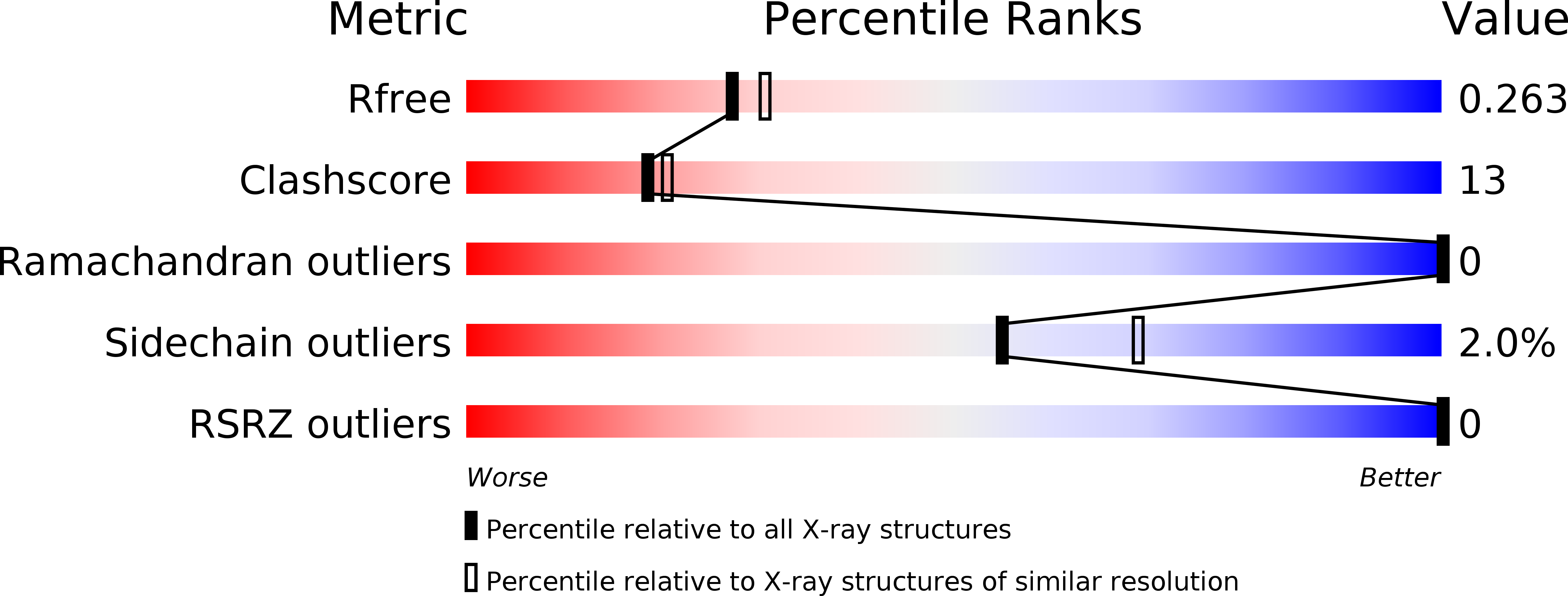
Deposition Date
2016-06-22
Release Date
2017-05-10
Last Version Date
2024-01-10
Entry Detail
PDB ID:
5LCL
Keywords:
Title:
STRUCTURE OF the RAD14 DNA-binding domain IN COMPLEX WITH C8-aminofluorene- GUANINE CONTAINING DNA
Biological Source:
Source Organism:
Saccharomyces cerevisiae S288C (Taxon ID: 559292)
Saccharomyces (Taxon ID: 4930)
Saccharomyces (Taxon ID: 4930)
Host Organism:
Method Details:
Experimental Method:
Resolution:
2.20 Å
R-Value Free:
0.25
R-Value Work:
0.21
R-Value Observed:
0.21
Space Group:
P 41


